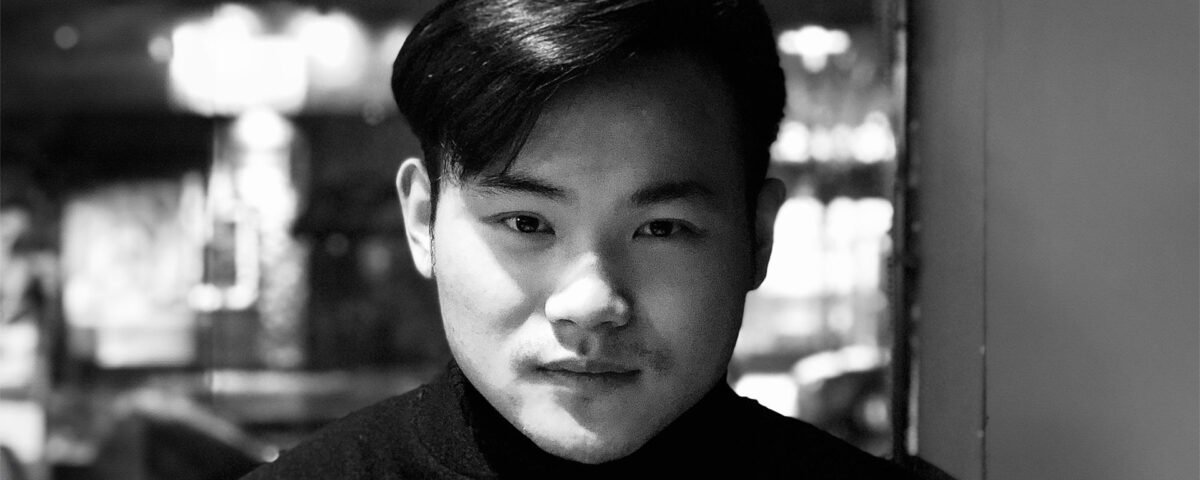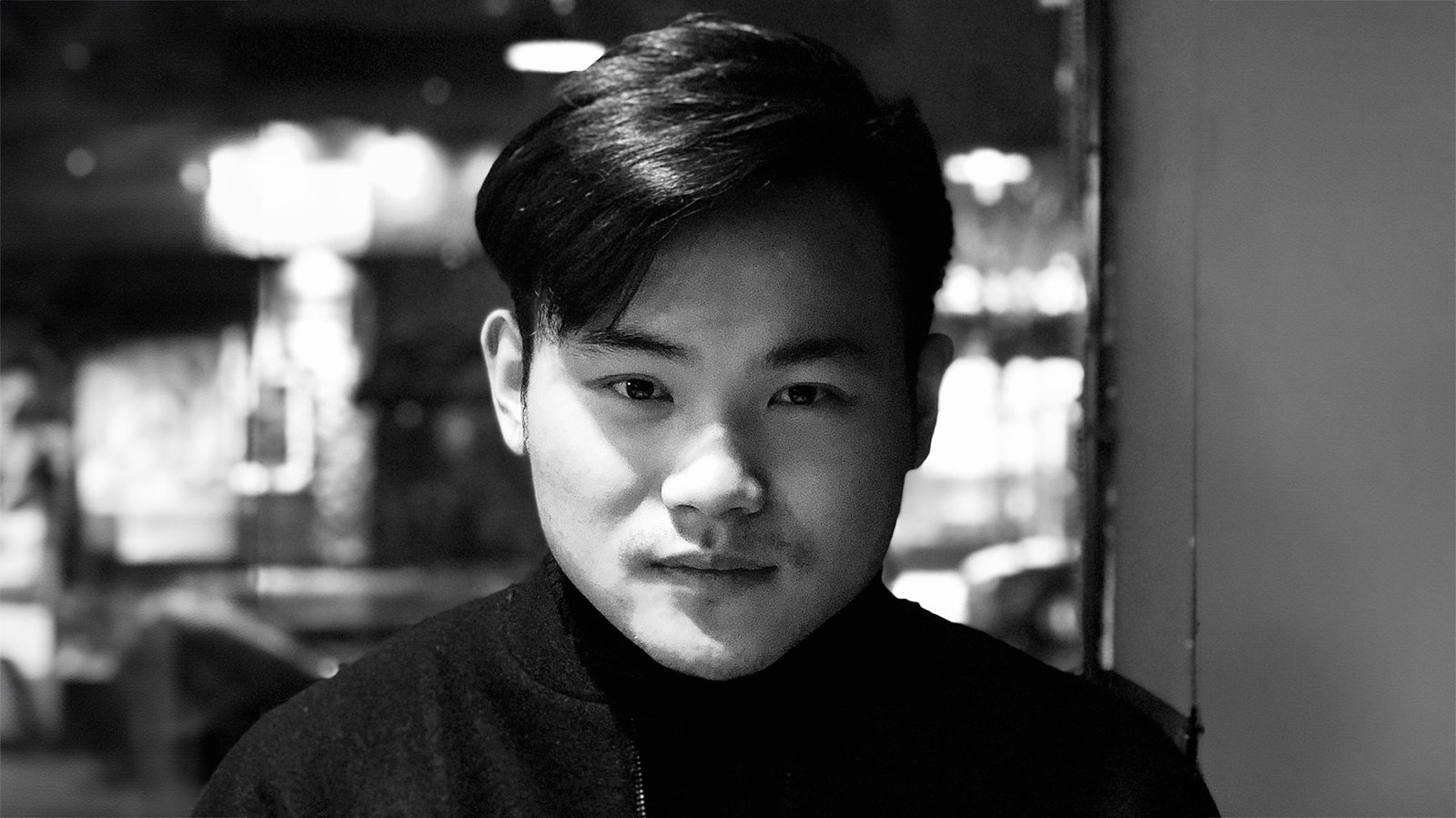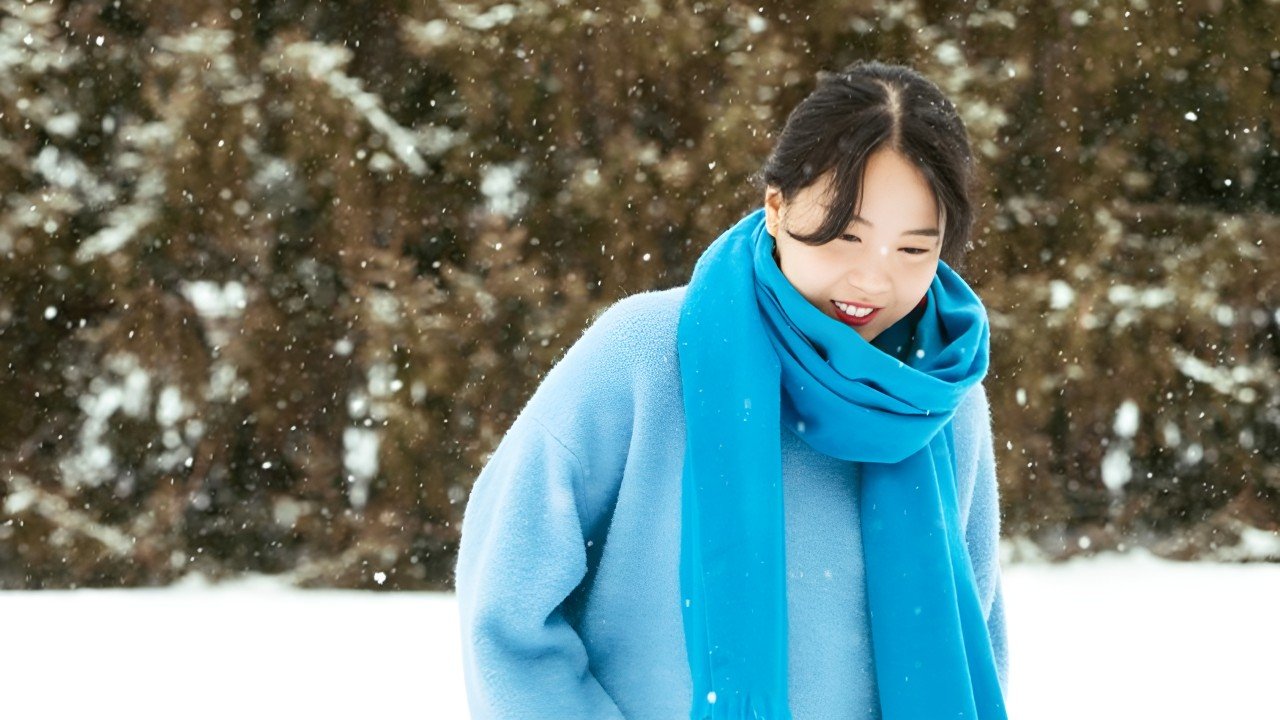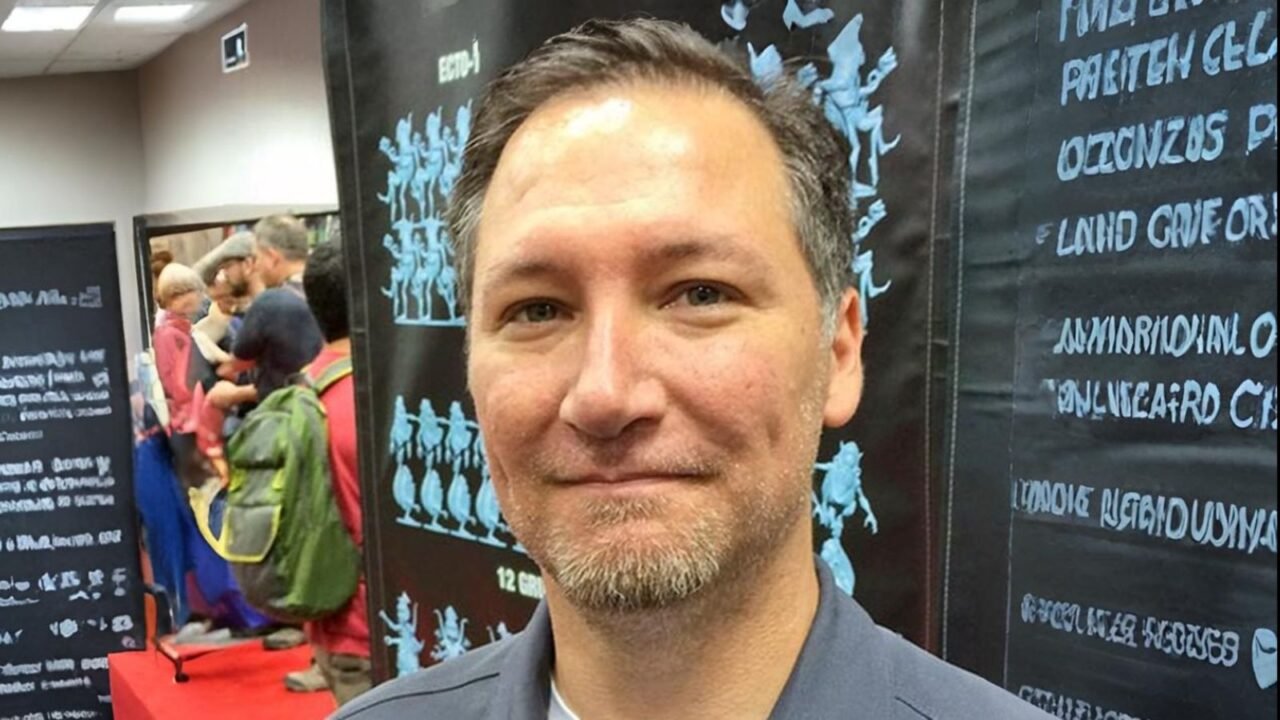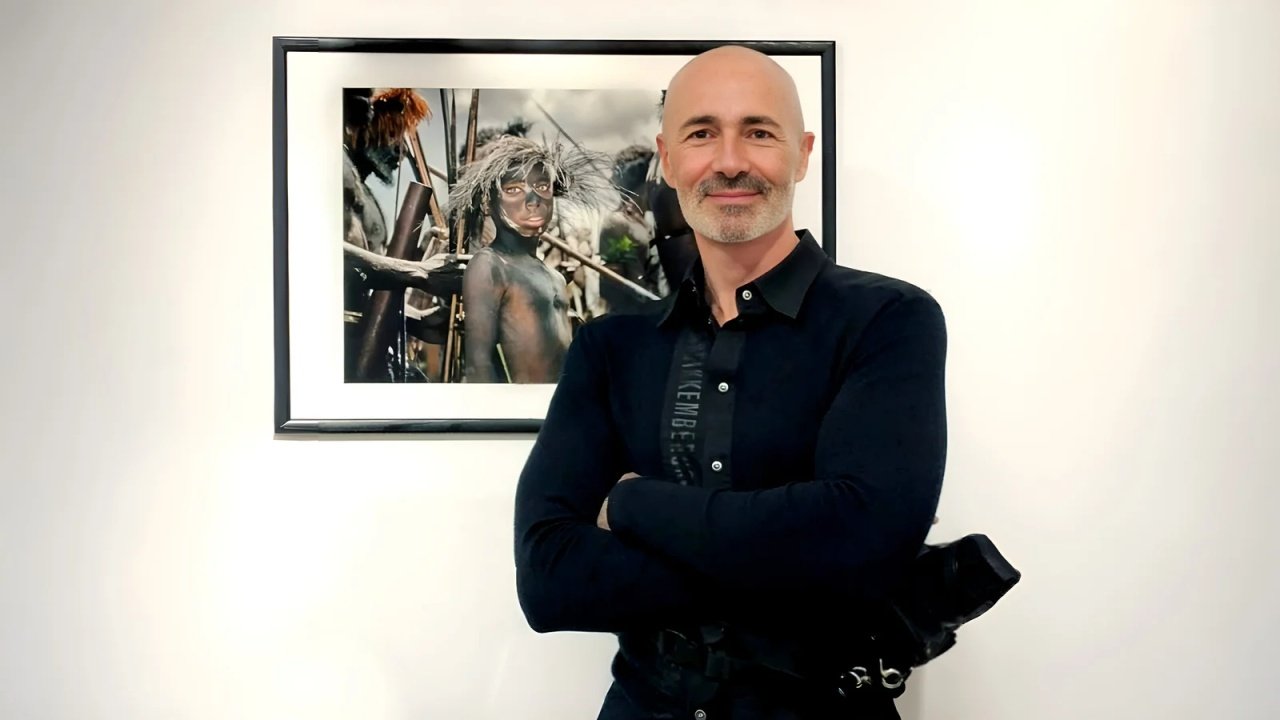
Jung Chih Hsu Brings Serenity Unfolded to Life with TENART SPACES DESIGN
May 27, 2025
Maomao Ding Presents Hello, Dad as a Space for Connection
May 27, 2025Chengzhe Zhang
Chengzhe Zhang is a landscape and urban designer at Sasaki Associates with over eight years’ experience in sustainable design, urban revitalisation, and infrastructure reuse. He is driven by a passion for tackling social and environmental challenges through creative problem-solving and thoughtful design.
I am a landscape and urban designer at Sasaki Associates with over eight years of experience specialising in sustainable design, urban revitalisation, and infrastructure reuse.
I hold dual master’s degrees in Landscape Architecture and Urban Design from the Harvard Graduate School of Design, and a Bachelor of Landscape Architecture with Distinction from Tunghai University which has equipped me with a robust foundation in interdisciplinary design approaches.
I became a designer because of my deep curiosity and passion for exploring new ideas, places, and ways of thinking. I have always been drawn to the intersection of social and environmental issues, seeking ways to address them through creative problem-solving.
Design allows me to express ideas, shape meaningful spaces, and contribute to communities in a tangible way. It is a powerful tool to connect people with their environment, foster resilience, and inspire change. The ability to merge creativity with purpose drives me to continue pushing boundaries and exploring new possibilities in design.
I am a landscape and urban designer dedicated to creating innovative, sustainable, and community-driven public spaces. My work focuses on transforming complex urban environments into thriving, resilient landscapes that serve both people and nature.
My portfolio includes the internationally acclaimed Ellinikon Metropolitan Park in Athens—Europe’s largest urban park—where I led the transformation of a former airport into a model for sustainable urban regeneration and this groundbreaking project has received prestigious awards, establishing it as a global benchmark for environmentally and socially responsible design.
I also gained international recognition as the Lead Designer for the “Reimagining Brooklyn Bridge” competition, where my visionary proposal reimagined the iconic bridge as a multifunctional public space. My design was selected as a top-three finalist among 250 global entries, demonstrating my ability to merge historical preservation with forward-thinking urban innovation.
To me, design is a process of transformation—a way to shape environments that are functional, meaningful, and resilient. It’s about understanding the unique character of a place, responding to the needs of people and nature, and crafting spaces that foster connection, adaptability, and sustainability.
Design is also a form of storytelling, where every project carries a narrative that blends history, culture, and ecology. It’s not just about aesthetics; it’s about problem-solving, innovation, and long-term impact. A well-designed space evolves over time, embracing change while remaining relevant, inspiring, and beneficial to the communities it serves.
My favourite kind of design is poetic, deeply rooted in site context, and envisioned for long-term resilience. I believe the most powerful designs go beyond aesthetics—they tell a story, evoke emotions, and create a profound sense of place.
A great design should emerge naturally from its surroundings, respecting the landscape, culture, and history, while offering a vision for the future. I am drawn to spaces that are adaptive and built to endure, evolving with time and environmental changes. To me, the best designs are those that feel timeless, fostering lasting connections between people, nature, and the built environment.
It should respond thoughtfully to its surroundings, embracing the site’s history, culture, and environment while addressing present and future needs.
A good design is not just visually compelling—it must be functional, adaptable, and sustainable. It should enhance the way people interact with a space, fostering a deep connection between communities and nature. Most importantly, it should have a long-term vision, evolving with time and environmental changes while maintaining its relevance and impact for generations to come.
The idea for Not So Far, Not Too Close was inspired by the dual impact of climate change and the evolving nature of human connection. Seeing images of melting glaciers and drifting icebergs, I was struck by how their increasing separation mirrors the way people had to distance themselves during the pandemic. Both phenomena reflect a fundamental shift in the way we relate—to each other and to our environment.
Through this installation, I wanted to explore the changing dynamics of survival in an ever-evolving world and provoke reflection on how humans and nature continuously influence one another in an era of uncertainty and adaptation.
The main inspiration for Not So Far, Not Too Close came from the work of Camille Seaman, an award-winning photographer and TED Fellow who captures the evolving lives of icebergs—how they calf, drift, reshape, and seemingly vanish in the frozen polar regions. Her images reveal the transient beauty of ice and its inevitable separation, a phenomenon that mirrors the increasing distances between people during the pandemic.
This parallel between the melting landscapes of nature and shifting human connections drove me to explore how environmental changes shape both survival and interaction, prompting reflection on our relationship with nature and each other in an ever-evolving world.
Yes, my country’s rich cultural heritage deeply influences my design process—particularly how traditional Chinese philosophy shapes spatial experiences and the spirit of place. Chinese design has long emphasised the harmonious relationship between people and nature, a principle that continues to inspire my work.
Concepts like “borrowed scenery”, dynamic spatial sequencing, and the balance between built and natural elements guide how I create environments that encourage interaction and adaptation.
Whether in landscape or urban design, I strive to integrate these timeless ideas with contemporary challenges, fostering spaces that are not only functional but also poetic, immersive, and deeply connected to nature.
It is an incredible honour that reaffirms our commitment to creating thoughtful, innovative, and impactful design. It is a testament to the dedication and creativity of our entire team, who continually push boundaries to craft spaces that are both meaningful and resilient.
For me, this recognition is not just about celebrating a single project, but about reinforcing our design philosophy—one that values cultural and environmental sensitivity, adaptive thinking, and long-term sustainability. It inspires us to continue exploring new ideas, challenging conventions, and shaping spaces that foster deeper connections between people, nature, and the built environment.
The project Not So Far, Not Too Close explores the evolving relationship between people and nature in response to climate change and shifting social dynamics. Inspired by Camille Seaman’s photography of drifting icebergs, the installation reflects on how melting glaciers gradually separate—mirroring the way human connections changed during the pandemic.
I chose this project because it embodies my core design philosophy: creating spaces that provoke thought, encourage interaction, and respond to both environmental and societal transformations. This work invites viewers to reflect on how distance—whether natural or imposed—reshapes our relationships and our shared world.
The biggest challenge in designing Not So Far, Not Too Close was merging two concepts—drifting icebergs and shifting human interactions—into a space that people could explore, interact with, and find inspiration in.
I overcame this by focusing on spatial composition and materiality, creating forms that evoke both separation and connection. The design encourages movement and engagement, allowing visitors to experience the evolving dynamics of distance firsthand and fostering reflection on our relationship with nature and each other.
Chengzhe Zhang
Chengzhe Zhang is a landscape and urban designer at Sasaki Associates with over eight years’ experience in sustainable design, urban revitalisation, and infrastructure reuse. He is driven by a passion for tackling social and environmental challenges through creative problem-solving and thoughtful design.
Explore the 2025 Rome Design Awards and immerse yourself in a celebration of visionary design that shapes our world. Discover the most innovative projects and creative talents pushing boundaries and inspiring change across the globe.

